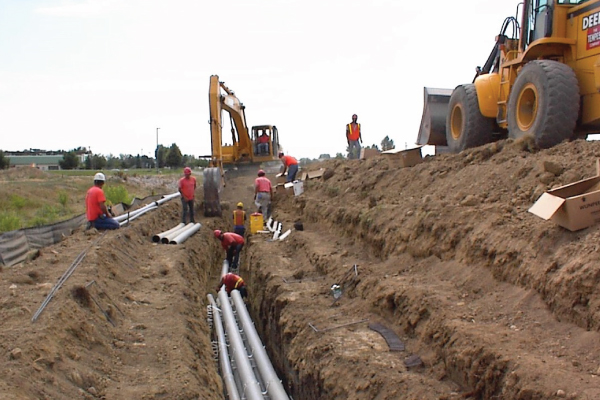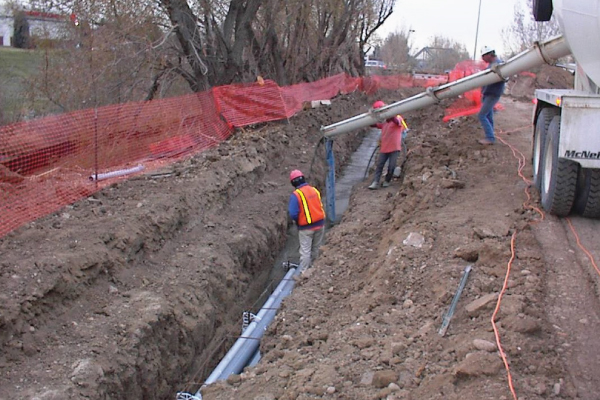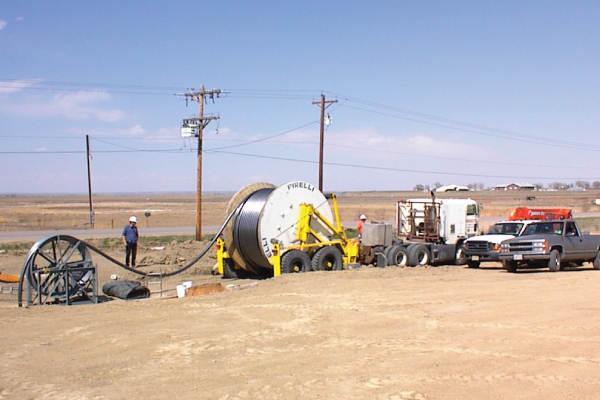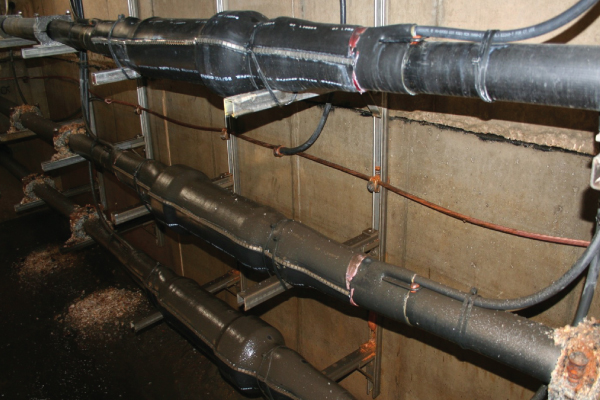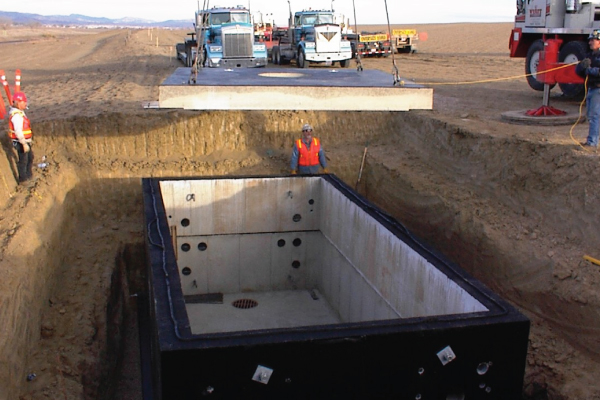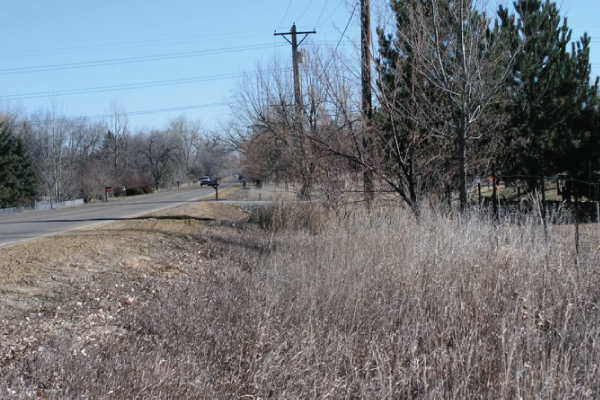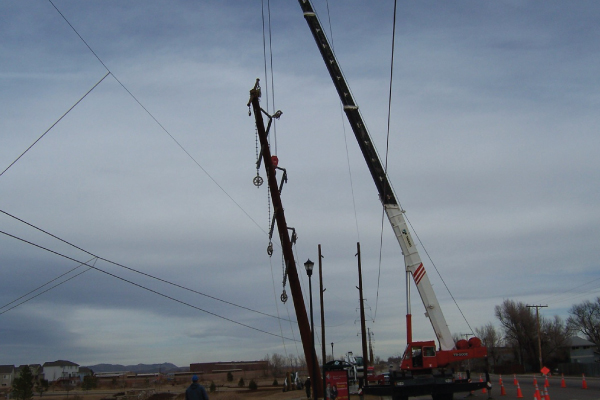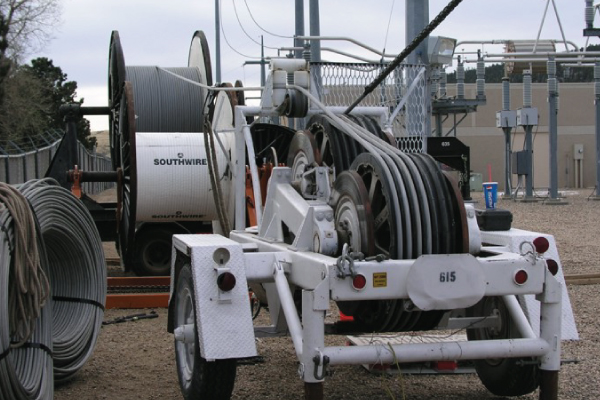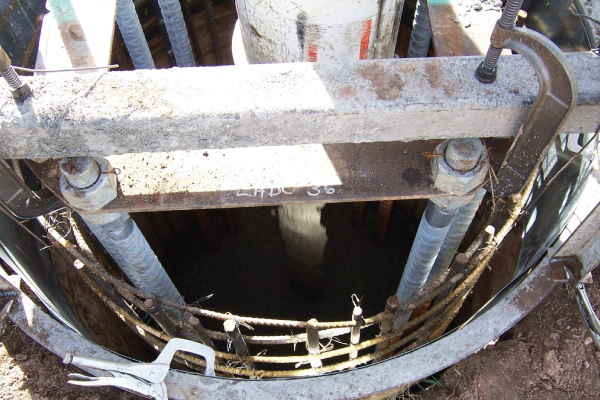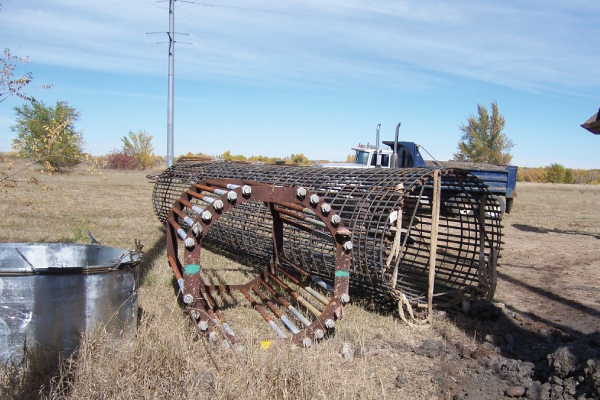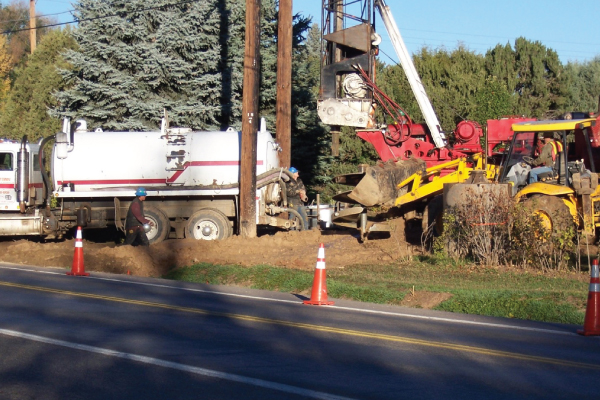Platte River has maintained 100% reliability to its owner communities of Estes Park, Fort Collins, Longmont and Loveland since 2019 with 263 miles of wholly owned and 522 miles of jointly owned lines. Approximately 92% of Platte River's transmission system is comprised of overhead lines.
Overhead and underground construction methods offer certain advantages and disadvantages with overhead being the most common in the industry. Platte River conducts extensive evaluations to determine whether new transmission is needed then determines the best construction method to strengthen system reliability while maintaining the financial sustainability and environmental responsibility of the organization. Platte River’s Board provides staff an overarching direction through the approved Transmission Planning, Design and Construction Policy.Safety
Platte River’s overhead and underground transmission lines are constructed and maintained per industry standards and best practices to ensure safe operation.
- Overhead lines require tree trimming and right-of-way maintenance.
- Overhead lines are easier to maintain as compared to underground lines since they can be 100% visually inspected and infrared scanned while they remain in service.
- Underground lines require locate services to prevent dig-ins or excavation damage.
- Only the vault portions of the underground facilities can be inspected and require line outages to do so. Any transmission line outage reduces the level of system reliability.
Reliability
Both overhead and underground lines provide reliable operation.
- Construction, repair, inspection and maintenance require less time and effort compared to underground lines making them more reliable.
- Problems are found relatively quickly compared to underground lines and can be repaired in less time since the infrastructure is 100% visible and accessible. Typically, problems are found within hours and repairs made in days.
- Most vulnerable to extreme weather conditions, wildlife and vehicle/equipment contacts. Effective mitigation efforts including installing air flow spoilers (to reduce line to line contacts) and installing wildlife deterrents to prevent nesting or perching (which reduces risk of insulator contamination) reduce the risk of outages.
- Most vulnerable to dig-ins.
- Problems are difficult to find and require specialized equipment to determine the cause of the failure. Typically, problems are found in days and repairs are completed in months. The transmission system is more stressed when transmission line sections are out of service for longer periods of time.
The life expectancy of overhead lines exceeds underground lines due to the physical characteristics of the construction materials. Underground cable contains insulation material which has a design life of 30 to 40 years. Overhead lines are designed to provide safe insulation using glass, porcelain and physical air space. These materials have a design life of 80 to 100 years.
Cost
- Construction costs average $1.5 million to $3 million per mile.
- Provide higher levels of transmission capacity per cost compared to underground lines.
- Construction costs average $10 million to $20 million per mile.
- Cables cannot be economically constructed to provide the transmission capacities of the overhead line due to the physical limitation related to conductor heating and insulation technologies.


